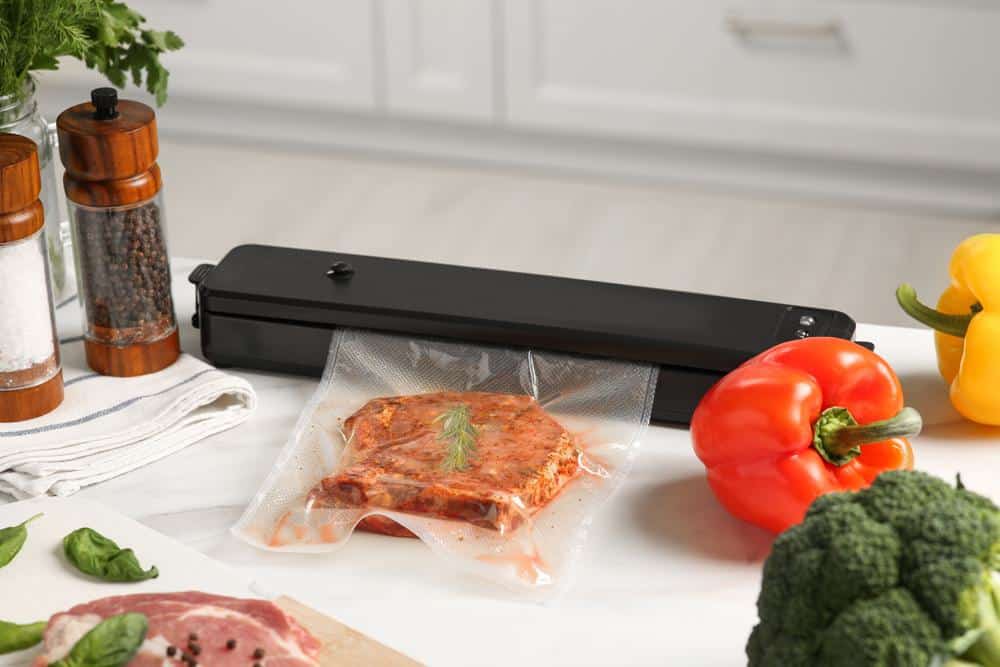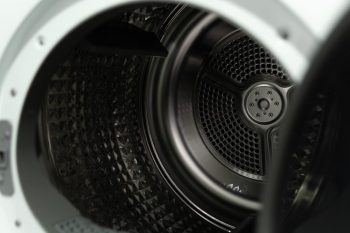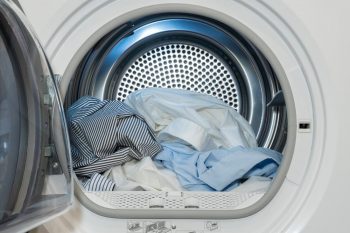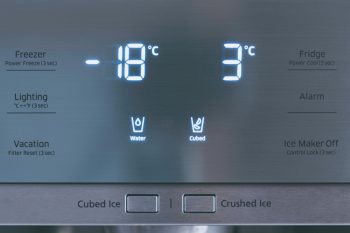
When it comes to preserving the freshness and taste of fish, vacuum sealing is a game-changer. Whether you’re a fishing enthusiast wanting to store your catch or a home cook looking to prolong the shelf life of store-bought fish, vacuum sealing offers numerous benefits. In this in-depth guide, we’ll explore how to vacuum seal fish, the benefits of vacuum sealing, necessary tools, and common mistakes to avoid.
To vacuum seal fish, first clean and dry the fish fillets. If using a brine solution, soak the fillets, then pat them dry. Pre-freeze the fillets if necessary, then place them in vacuum seal bags, ensuring the sealing area is clean and dry. Use a vacuum sealer to remove air and seal the bags. Label the bags with the type of fish and the date of sealing, then store them in the freezer for up to two years.
Benefits of Vacuum Sealing Fish
Vacuum sealing fish extends its shelf life, preserves taste and freshness, protects against freezer burn, ensures food safety, allows for efficient storage, and reduces waste. Here’s a closer look at these benefits:
- Extended shelf life: Vacuum-sealed fish can last in the freezer for one to two years with little or no loss in quality. This is because vacuum sealing prevents exposure to air and moisture, which can lead to decay.
- Preservation of taste and freshness: Vacuum sealing helps maintain the taste, smell, and appearance of fish, making it as good as the day it was caught.
- Protection from freezer burn: Vacuum sealing keeps air and moisture away from the fish, preventing freezer burn.
- Food safety: Vacuum sealing protects fish from direct contact with hands or other surfaces that may be contaminated, ensuring better hygiene and food safety.
- Efficient storage: Vacuum-sealed fish takes up less space in the freezer, allowing for better organization and storage.
- Marinating and seasoning: Vacuum sealing can be used to marinate and season fish for added flavor, enhancing the cooking experience.
- Reduced waste: Vacuum sealing allows you to store fish for longer periods, reducing waste and saving money.
Types of Fish Suitable for Vacuum Sealing
From salmon to shrimp, vacuum sealing is suitable for various types of fish. As long as you pre-freeze the fillets, keep the bag dry, and ensure the fish is thoroughly dried with paper towels before sealing, you can vacuum seal any fish.
Necessary Tools for Vacuum Sealing Fish
To vacuum seal fish effectively, you need a vacuum sealer, vacuum seal bags, paper towels, a clean work surface, and optionally, a brine solution, a fish funnel, or a loading tool.
How to Vacuum Seal Fish: Step-by-Step Guide
Follow these steps to vacuum seal fish properly:
- Clean and prepare the fish fillets.
- Thoroughly dry the fillets with paper towels.
- If using a brine solution, soak the fillets for a few minutes, then pat them dry.
- If pre-freezing the fillets, wrap them in plastic wrap and place them in the freezer for a couple of hours.
- Place the fish fillets in vacuum seal bags, ensuring the sealing area is clean and dry.
- Use the vacuum sealer to remove air and seal the bags.
- Label the vacuum-sealed bags with the type of fish and the date of sealing.
- Store the vacuum-sealed fish in the freezer for up to two years.
Remember to thaw the vacuum-sealed fish slowly in the refrigerator and remove it from the bag while thawing to ensure the best quality and safety.
Common Mistakes to Avoid When Vacuum Sealing Fish
Avoid these common mistakes when vacuum sealing fish:
- Not using a purpose-built vacuum sealer.
- Failing to keep the bag dry.
- Not pre-freezing fillets.
- Skipping the brine soak.
- Not thoroughly drying fillets.
- Overlooking bones.
- Overfilling bags.
- Thawing fish improperly.
By following these steps and avoiding common mistakes, you can ensure your vacuum-sealed fish remains fresh and tasty for an extended period. Happy vacuum sealing!
For more in-depth guides and tips on food preservation, visit our website.
Frequently Asked Questions
What is a brine solution and how do I make it?
A brine solution is a mixture of water and salt. It helps to enhance the flavor of the fish and can also act as a preservative. To make a basic brine, combine 1 cup of salt with 1 gallon of water. Stir until the salt is completely dissolved.
Can I vacuum seal smoked fish?
Yes, smoked fish can be vacuum sealed. Just ensure that the fish is thoroughly cooled before sealing to avoid condensation which can affect the vacuum seal.
Can I vacuum seal fish with the skin on?
Absolutely. Vacuum sealing fish with the skin on is perfectly fine. In fact, it can help to maintain the shape of the fish during the vacuum sealing process.
How long does vacuum sealed fish last in the refrigerator?
Vacuum sealed fish can last in the refrigerator for up to two weeks. However, it’s always best to consume it as soon as possible for the best taste and freshness.
Can I reseal a vacuum sealed bag if I don’t use all the fish at once?
Yes, you can reseal a vacuum sealed bag. Just make sure to remove as much air as possible before resealing to maintain the quality of the remaining fish.
Is it safe to eat fish that has been vacuum sealed for over two years?
While vacuum sealing can extend the shelf life of fish to up to two years, it’s always best to consume it within the first year for the best quality. If the fish has been stored properly and shows no signs of spoilage (such as an off smell or discoloration), it should be safe to eat. However, when in doubt, it’s best to err on the side of caution and discard it.












